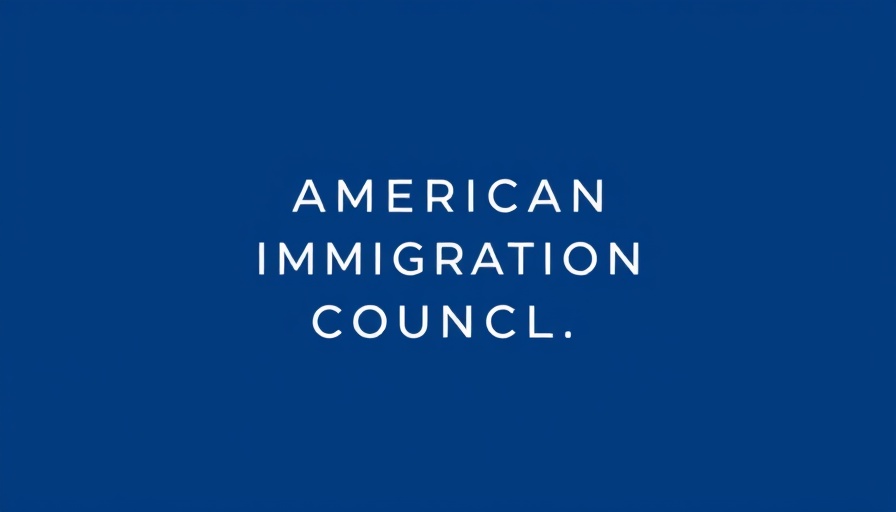
Revisiting Sanctuary Policies: A Look Back at Their Origins
The sanctuary movement's roots can be traced back to the Central American civil wars of the 1980s, which generated significant waves of migration towards the United States. As communities in the U.S. took a stand to provide refuge, they initiated policies that would later be characterized as obstructive to federal immigration enforcement. A 1985 New York Times article highlighted the early concerns surrounding these policies, warning that such provisions would inadvertently encourage illegal immigration. With a spotlight now positioned on 'sanctuary' jurisdictions, it begs the question: Should these policies stay in place?
Understanding Sanctuary Jurisdictions: A Growing Conflict
Sanctuary jurisdictions are defined as cities or states that have enacted laws or policies that obstruct federal immigration enforcement. According to the Center for Immigration Studies, such areas may limit cooperation with ICE or create barriers that prevent federal officials from accessing information about undocumented immigrants. This definition underpins a contentious debate between federal authority and local governance, pitting community leaders against federal regulations, particularly as seen in the executive order issued under Trump’s administration.
The Political and Ethical Implications of Sanctuary Policies
Sanctuary policies spark a multifaceted discussion involving both ethical considerations and political agendas. Local officials may find political value in opposing federal immigration enforcement, eagerly promoting their jurisdictions as safe havens while managing the implications of their decisions. Although they portray these measures as protective, critics argue that this may embolden crime within immigrant communities, potentially allowing dangerous individuals to escape federal scrutiny.
Future Implications for Immigration Reform
The debate surrounding sanctuary policies is not merely about immigration enforcement; it speaks to broader issues of public safety, community trust, and the balance of power between state and federal governments. Should sanctuary policies continue to be a standard practice, a deeper examination of their social repercussions and future legal contexts seems imperative. As movements for change linger across the nation, stakeholders must weigh the persistent impact these policies have on immigrant communities and public safety.
For stakeholders in business and finance, understanding these dynamics is crucial as they navigate debates surrounding immigration reform. Having clear information on how sanctuary policies affect public perceptions and legal frameworks is essential for making informed decisions moving forward.
 Add Row
Add Row  Add
Add 




Write A Comment